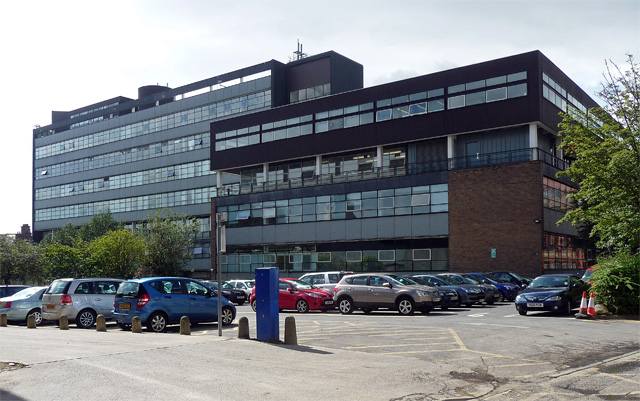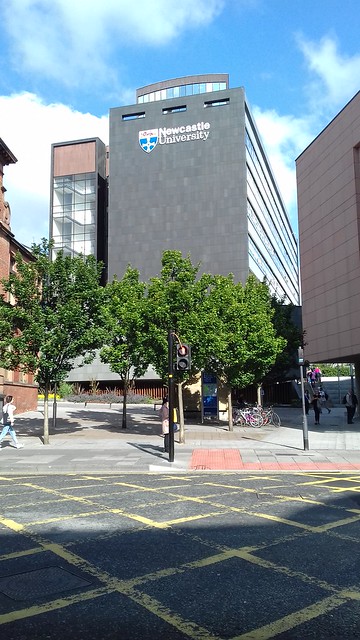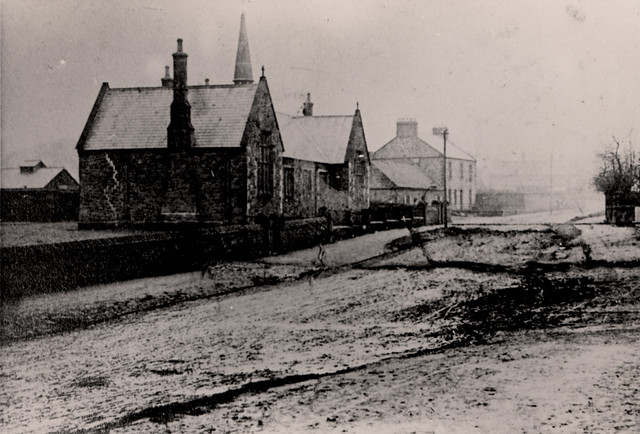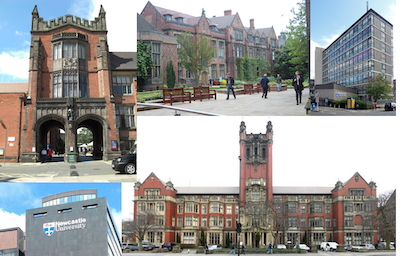Topics > Education > Universities > Newcastle University > Herschel Building
Herschel Building
The Herschel Building at Newcastle University was built in 1962, designed by Sir Basil Spence, for what was then the Department of Physics of Kings College. The building is named in honour of Alexander Stuart Herschel, the first Professor of Physics and grandson of the astronomer and composer Frederick William Herschel (1738–1822). The Curtis Auditorium, within the Herschel Building, is one of the largest lecture theatres in the University, and is used for its 'Insights' public lecture series, as well as teaching. Today, the School of Mathematics, Statistics and Physics are based within the building. The Learning Lab is a high-tech learning space, located in what was once Netskills (a former JISC-funded national training organisation). Outside the Herschel is the Grade II listed Spiral Nebula sculpture.
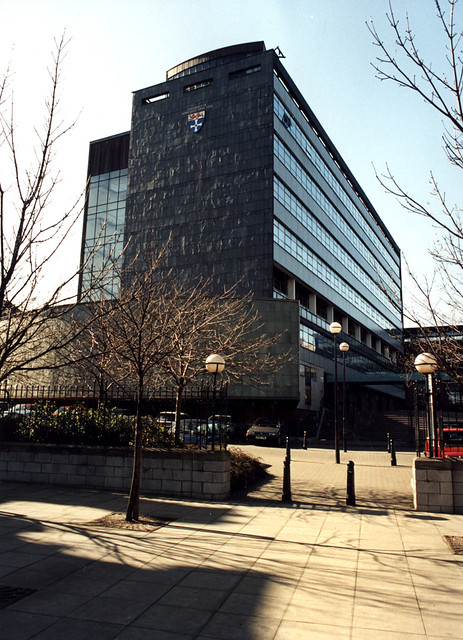
from Newcastle libraries (flickr)
061838:Herschel Building University of Newcastle upon Tyne Newcastle upon Tyne Maybury Malcolm 1995
Pinned by Simon Cotterill
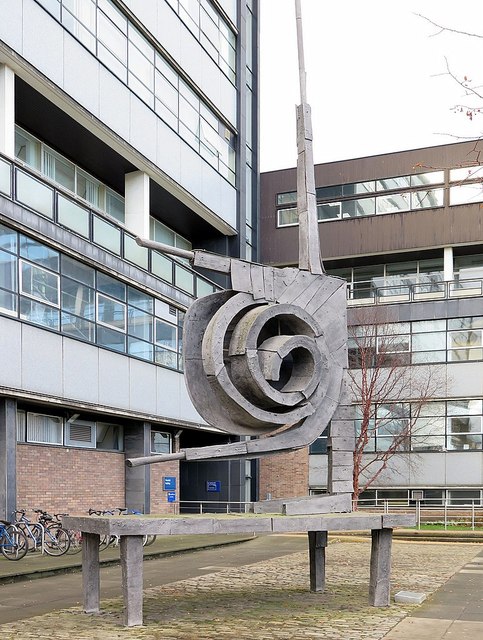
from Geograph (geograph)
'Spiral Nebula', Herschel Building, University of Newcastle upon Tyne
Pinned by Simon Cotterill


from Newcastle libraries (flickr)
061838:Herschel Building University of Newcastle upon Tyne Newcastle upon Tyne Maybury Malcolm 1995
Pinned by Simon Cotterill

from Geograph (geograph)
'Spiral Nebula', Herschel Building, University of Newcastle upon Tyne
Pinned by Simon Cotterill
